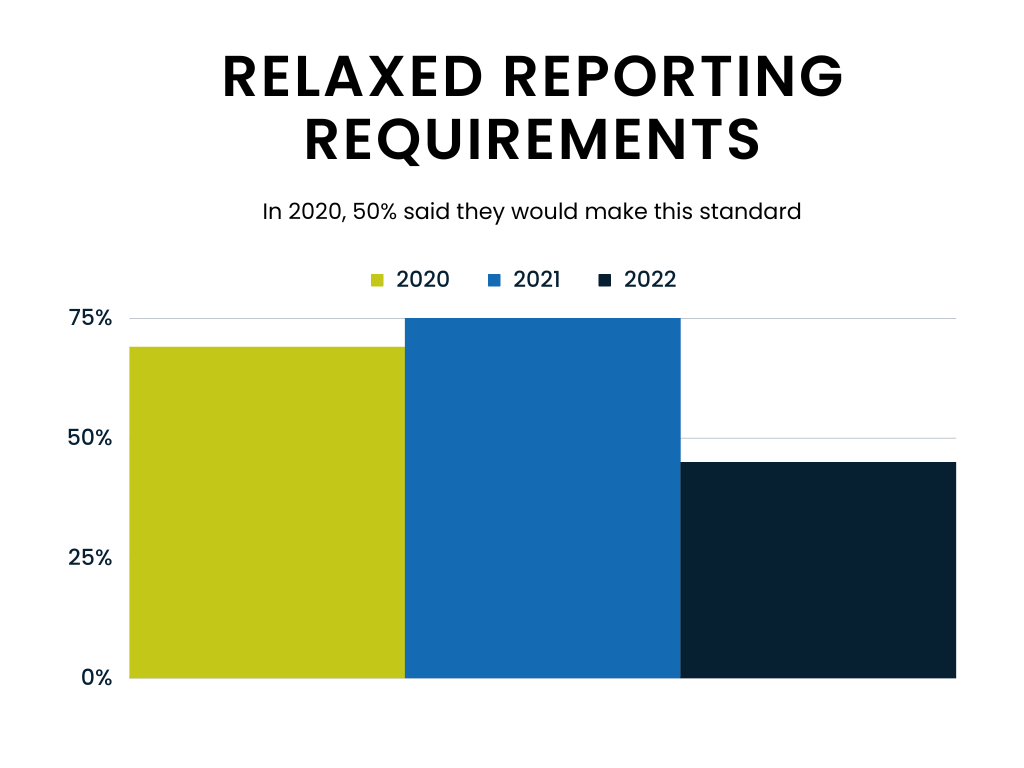Arts Grantmakers Changes in Practice 2022 Part 2: Artists, Flexibility, & Multi-Year Support
From the President’s Blog
Eddie Torres
In part one of this blog, Grantmakers in the Arts (GIA) shared the good news that GIA’s members have increased their giving, and increased equity in their giving. GIA works to mobilize our members to fund responsively and sustainably for the sake of equity toward justice and liberation.
GIA has shared good news about our field. Nonetheless, we must remain not take any steps backward. In 2022 only 22% of GIA’s survey respondents said they’d expanded their giving to now include support for individual artists. While that’s in line with how many projected doing so in the future (20%), it’s lower than did so in 2020 (26%) and 2021 (30%). Individual artists are the lifeblood of our cultural communities. GIA calls on all of us to support individual artists through grants and through advocacy for such public supports as portable benefits. GIA recently went to Capitol Hill and met with Representative Suzan DelBene’ office, Senator Mark Warner’s office and the Labor Policy Director, Democrat Staff, of the House Education and Workforce Committee about portable benefits for contract workers. They assured us that there will be relevant legislation introduced this year, which we will share with you in real time so that we can join together in advocating for gig workers, including artists.
GIA’s members appear to be losing ground on allowing for flexibility in the use of their funds, with 60% saying they’d increased flexibility in 2022. While this is more than had projected doing so (50%), it is far fewer than did so in 2020 (80%) and in 2021 (89%). Similarly, GIA’s members appear to be losing ground on relaxing their reporting requirements, with 45% saying they’d relaxed their reporting requirements in 2022. Again, while this is more than had projected doing so (32%), it is far fewer than did so in 2020 (69%) and in 2021 (75%).
It is essential that we allow greater flexibility and relax reporting requirements going forward. As GIA teaches in our Capitalization workshops, we can use flexibility, general operating support and multi-year support to increase the value of our giving. As GIA’s Capitalization consultant Rebecca Thomas shares, we failed to properly support our cultural organizations’ recovery after the great recession, creating a field of cultural organizations that were more vulnerable than before.
We end with good news and a call to action. 41% of GIA’s members increased multi-year support in 2022, after only 23% of our members said they’d do so in the future and with only 16% in 2020 and 24% in 2021 doing so.
GIA thanks our members for increasing their giving, general operating support, multi-year support and support for oppressed communities. GIA also encourages our members to take not one step backward. This moment has the potential to be transformative. GIA’s members have shown the field what is possible. We must make the possible standard. GIA recognizes that the recent growth in philanthropic giving is a reflection on the strength of past stock market performance, which has since slowed. GIA also recognizes that this recent phenomenon is being dampened by inflation, which is lowering the value that this increased giving created. As we look to the future, nonprofit organizations’ optimism is giving way to worry about a future in which funding slows and dwindles.
We cannot allow these extraordinary accomplishments to have been merely a moment. This can be a new future that we’ve made together, and we need not do it alone. Philanthropy is small compared to public supports. Grantmakers can advocate and support lobbying for changes to public supports, and it is essential that we reward all that give. We must incent giving among all, regardless of their wealth, and reverse the recent trend of fewer donors giving larger donations. We must facilitate receiving among all people – including people with disabilities – without punishing them for receiving support. We must transform public supports so that philanthropic giving need not be a substitute for the safety nets that allow us to thrive.
The challenges in the world are big and alone we are small. But together we are stronger than our challenges.




